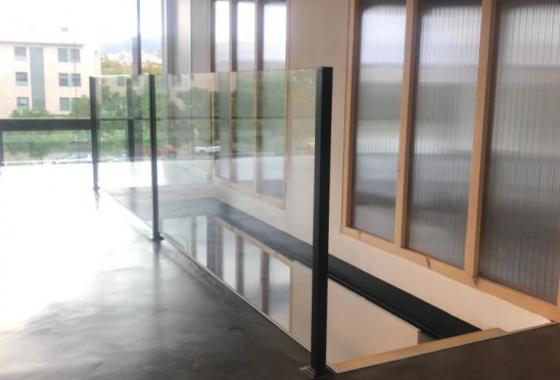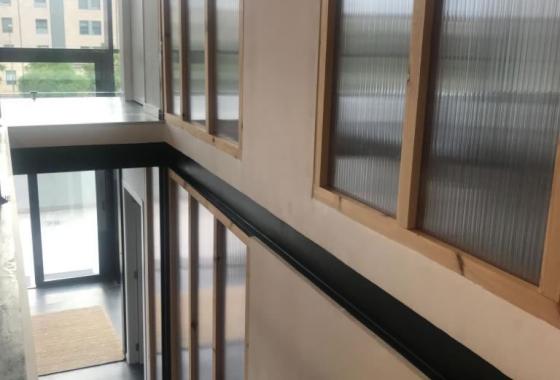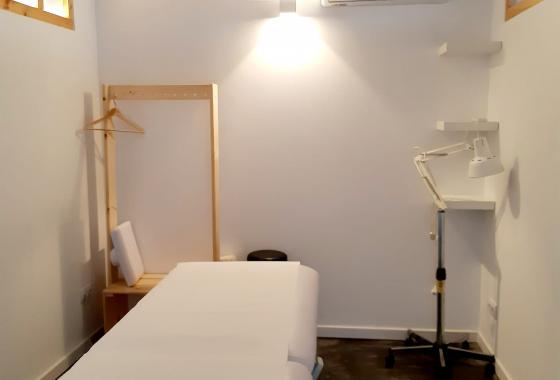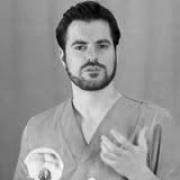Many muscle groups cooperate to produce shoulder movements; Once Shoulder Tendonitis appears, it will cause pain and affect the angle of movement of the shoulder. The most frequent shoulder tendonitis is: Rotator Cuff Tendinitis and Bicipital Tendinitis or of the long head of the Biceps Brachii in the following article we will talk about its causes, symptoms and how it is diagnosed, also take a look at the treatment carried out at FisioClinics Palma de Mallorca.
What is Shoulder Tendonitis?
The shoulder is made up of various tendons and muscles, allowing the arm to have a wide range of motion. One of those involved in stabilizing the movement of the shoulder is the long portion of the biceps brachii and the other tendons that facilitate movement of the shoulder are those that make up the rotator cuff which are:
-
Supraspinatus.
-
Infraspinous.
-
Subscapularis.
-
Teres minor muscle.
These four muscles and tendons are made up of muscle groups that connect the shoulder blades and humerus, and allow the arms and shoulders to lift, rotate, rotate, and stretch. Shoulder tendinitis involves inflammation of one or more of the tendons of the muscles mentioned above, the supraspinatus tendon being the most vulnerable and affected. Thus, the tendinitis that appears most frequently is called:
-
Rotator cuff tendonitis.
-
Biceps brachii tendinitis (long head.
What are the symptoms of Shoulder Tendonitis?
The person affected by Shoulder Tendinitis suffers from acute pain in the shoulder that increases with the lifting movement of the shoulder, however there are other symptoms that we can highlight are:
-
Mild pain when performing certain movements, such as fetching an object from the back seat of the car, putting on the seat belt or taking off the bra. These pains can progressively worsen and night pain begin to appear that prevents sleep or makes it difficult to fall asleep.
-
Noticeable crunching during joint movements.
-
Stiffness and progressive limitation of mobility in the shoulder joint.
-
Decrease in the range of both active and passive movements.
What Causes Shoulder Tendonitis?
The causes of Shoulder Tendinitis are external impact, excessive lifting or carrying heavy objects, repeated throwing movements generate excessive inflammation and degeneration of the tendons that stabilize the shoulder. Some people have calcifications due to their physical makeup.
When the contracting shoulder muscle becomes inflamed, calcification occurs and calcific tendonitis may develop. Additionally, situations like an angulated acromion and subacromial bursitis can also aggravate the symptoms of shoulder tendonitis. Eventually, when the affected tendon is more inflamed, the tendon will rupture, so that the upper arm cannot be lifted smoothly and the entire shoulder muscle can shrink.
How is the medical diagnosis of Shoulder Tendinitis made?
In addition to physical physiology and muscle strength examination, X-ray images can be used to detect the presence or absence of fractures, dislocations, shoulder spurs, or calcifications, which must first be ruled out. Magnetic resonance imaging (MRI) can identify other problems in the shoulder joint such as Shoulder Tendinitis with it, it is possible to determine the state of the injury, which structures have been affected and are essential to have a treatment approach .
 Physiotheraphy
Physiotheraphy Osteopathy
Osteopathy Massage
Massage Lymphatic
Lymphatic Group classes
Group classes Home
Home Baby
Baby










































